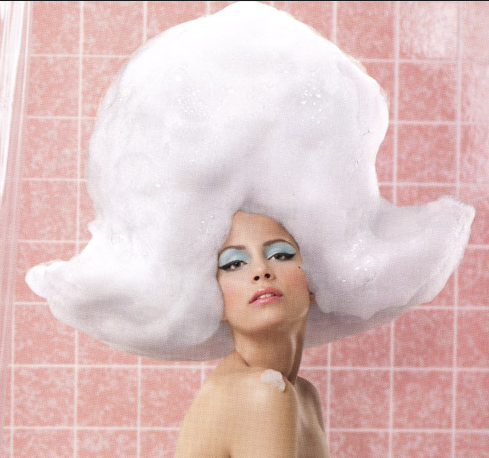What is Sodium Lauryl Sulfate?
 When manufacturers mix sulfuric acid, monododecyl ester, and sodium salt together, they can, surprisingly, come up with an everyday product that is used by much of the general human population. Sodium lauryl sulfate (SLS), is a chemical compound used as a detergent in many beauty, household, and industrial products. In a pure state, it is known to emit toxic fumes in the presence of excessive heat because of thermal decomposition. But when mixed into diluted concentrations, it can be bottled and sold as a brand name skin care product or cologne.
When manufacturers mix sulfuric acid, monododecyl ester, and sodium salt together, they can, surprisingly, come up with an everyday product that is used by much of the general human population. Sodium lauryl sulfate (SLS), is a chemical compound used as a detergent in many beauty, household, and industrial products. In a pure state, it is known to emit toxic fumes in the presence of excessive heat because of thermal decomposition. But when mixed into diluted concentrations, it can be bottled and sold as a brand name skin care product or cologne.
This compound’s role in these products is usually that of a foaming or a dispersal agent. For example, toothpaste or bubble baths that foam when used contain sodium lauryl sulfate, as so products that need its components dispersed homogeneously, such as fragrance oils in body spray.
However, the use of sodium lauryl sulfate has been a subject of lot of controversy. It has arguably been called one of the most dangerous ingredients in products today. Household essentials like cosmetic cleansers, bath gels, shampoos, and dishwashing detergents contain up to 15% of the compound. Also adapted for industrial applications, it is present in higher concentrations when used in floor scrubbing and degreasing solutions, due to its corrosive and grease-fighting properties.
One thing about sodium lauryl sulfate that had a lot of animal rights activists protesting is its use in clinical testing. The chemical is employed as a primary skin irritant in trial tests on animal or human subjects. Usually, after the compound is applied to the skin, a rash is likely to develop. The product itself, usually intended to heal skin irritation, is then tested for its effectiveness.
Besides subjecting human and animal test subjects to different degrees of discomfort, critics claim that sodium lauryl sulfate is retained in organ tissues like the heart, liver, and brain. In lab animals, testing has been blamed for causing mutagenic effects. If it remains in the eyes too long, it may also lead to the development of cataracts. Because sodium lauryl sulfate is corrosive by nature, it can dry out skin by stripping the protective lipids from the surface, weakening the body’s natural moisture regulation mechanisms. If it eats away at the follicle, hair loss may also be induced.
In extreme cases, sodium lauryl sulfate is argued to be carcinogenic, though not by itself. When expose to other nitrogen-bearing ingredients of a skin product though, the oxidation reaction that results may for nitrosamines, which are carcinogenic nitrates. Opponents of this argument claim that the percentage of the compound in such products is usually not enough to cause cancer in humans. The US Occupational Safety and Health Administration (OSHA), the International Agency for Research on Cancer (IARC), and the National Toxicology Program (NTP) are all research-based organizations that have rated it as non-carcinogenic.

